Available 24/7
Available 24/7

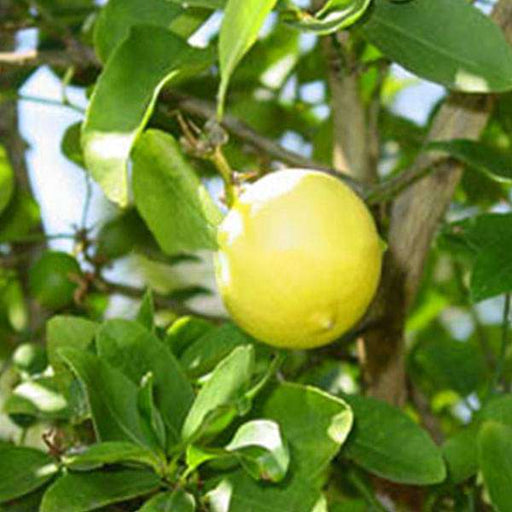 Save 10%
Save %
Save 10%
Save %
DescriptionTending a small lemon tree in your home can be a delightful aromatic experience. While the thought of growing a tree inside a house or a...
View full details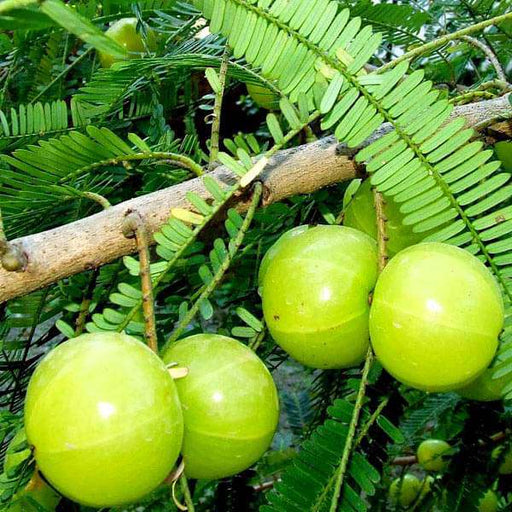 Save 10%
Save %
Save 10%
Save %
DescriptionPhyllanthus emblica, also known as emblic,emblic myrobalan, myrobalan, Indian gooseberry, Malacca tree, or amla from Sanskrit amalikaSee...
View full details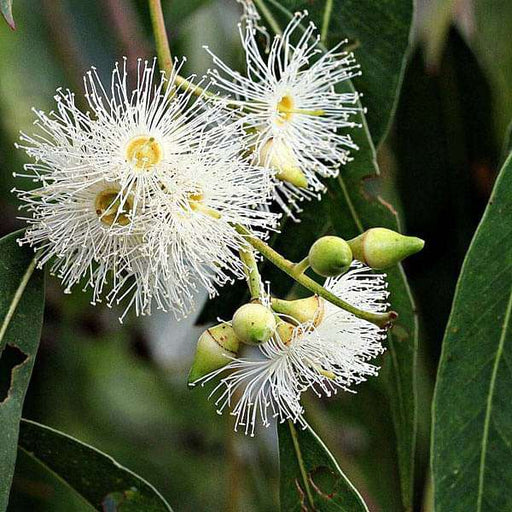 Save 10%
Save %
Save 10%
Save %
Description Safeda, flooded gum or rose gumSeeds SpecificationsEucalyptus Grandis uses
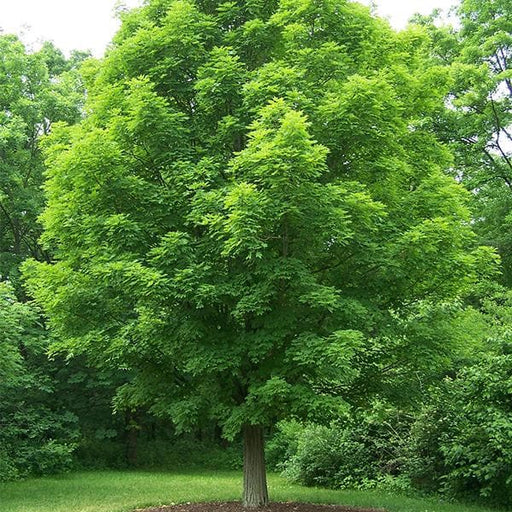
 Save 10%
Save %
Save 10%
Save %
DescriptionAlso known as bastard cedar, Chittagong wood, Burmese almond wood, Jamaica cedar, Indian mahoganySeeds Specifications Seeds per Packet 5...
View full details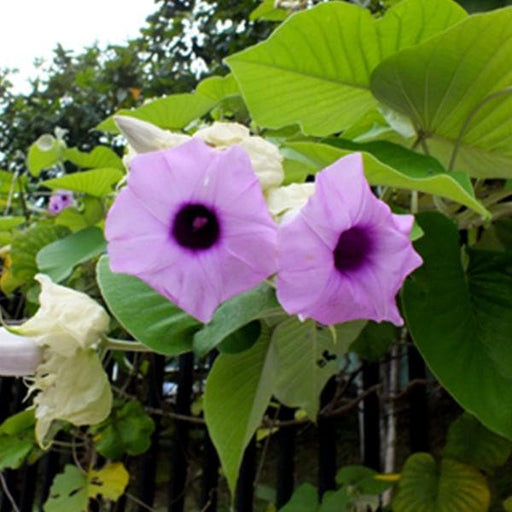 Save 10%
Save %
Save 10%
Save %
DescriptionCommon names include Hawaiian Baby Woodrose, Adhoguda, , , or Vidhara, , , (Sanskrit), Elephant Creeper and Woolly Morning GlorySeeds Sp...
View full details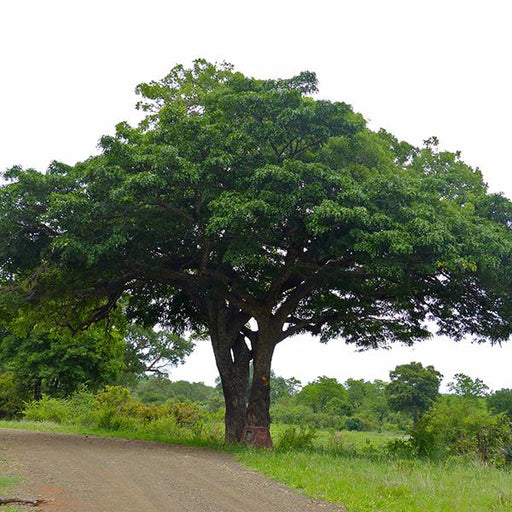
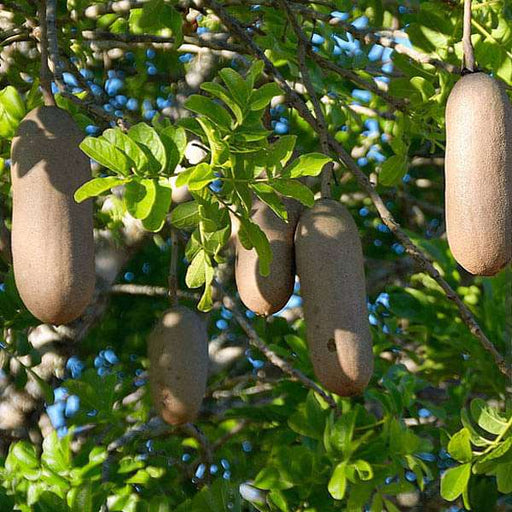 Save 10%
Save %
Save 10%
Save %
DescriptionKigelia africana K. Pinnata, common names sausage tree and cucumber tree, In Hindi Balam Kheera.Seeds Specifications Seeds per Packet 20...
View full details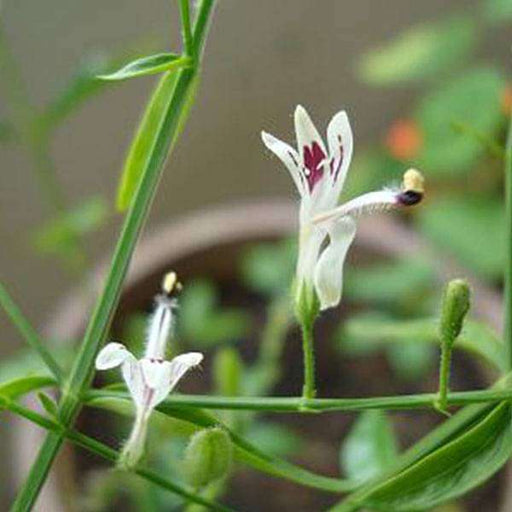 Save 10%
Save %
Save 10%
Save %
DescriptionAlso known as : Hindi, , (Kirayat), Punjabi Chooraita, Marathi kadu kirayata, Oli-kiryata, Bengali-K, lmegh (, , ), Sanskrit: K, lamegha...
View full details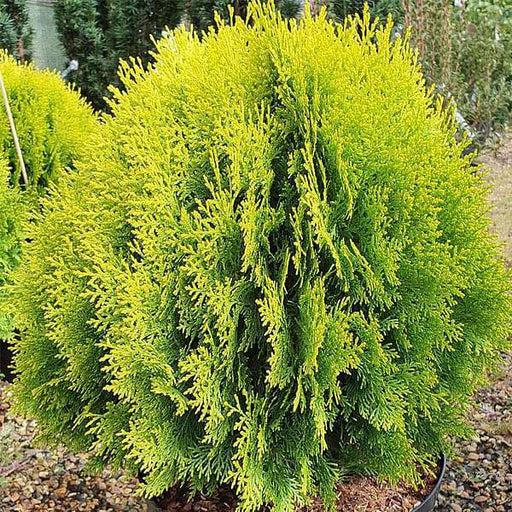 Save 10%
Save %
Save 10%
Save %
DescriptionCommon Name : Thuja, Morpankhi, Morpankh, Gol.Seeds Specifications Seeds per Packet 5000 Thuja compacta uses
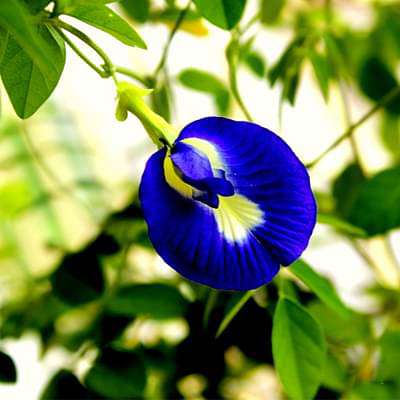 Save 10%
Save %
Save 10%
Save %
DescriptionThis wonderful twining plant generously bears quite large flowe Clitoria ternatea, commonly known as Asian pigeonwings, bluebellvine, b...
View full details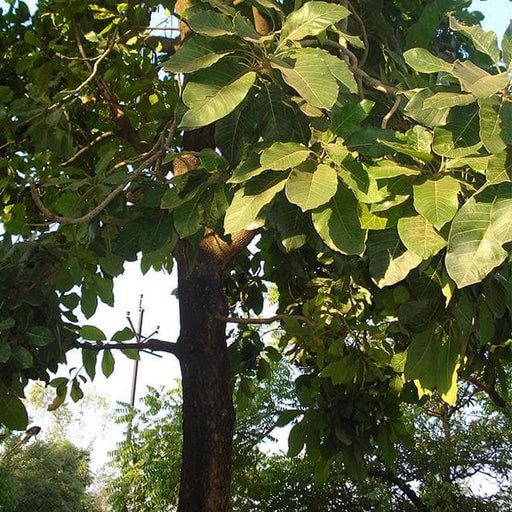
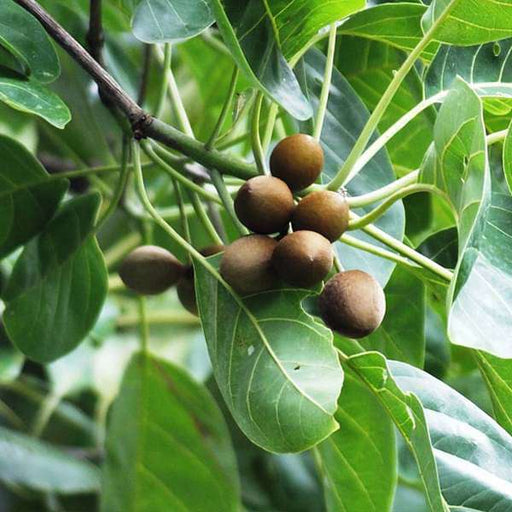 Save 10%
Save %
Save 10%
Save %
DescriptionBaheda is a tall handsome tree, with characteristic bark. Myrobalan is a large, fast-growing deciduous tree with a large, globose crown....
View full details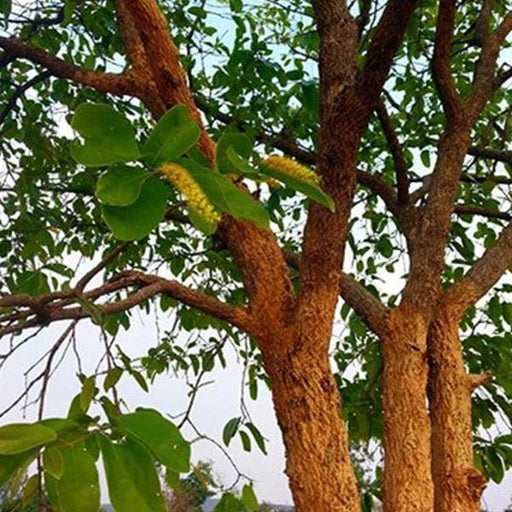
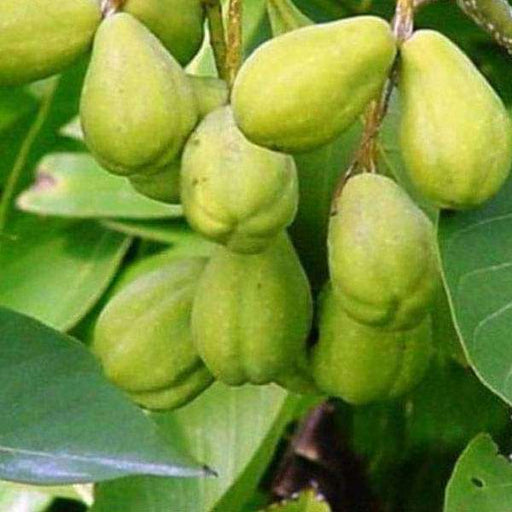 Save 10%
Save %
Save 10%
Save %
DescriptionTerminalia chebula (Yellow Myrobalan or Chebulic Myrobalan; Sinhala:,? , (Aralu), Tamil:, , , , , (Kadukkai);, , , , , , , , , , , , , A...
View full details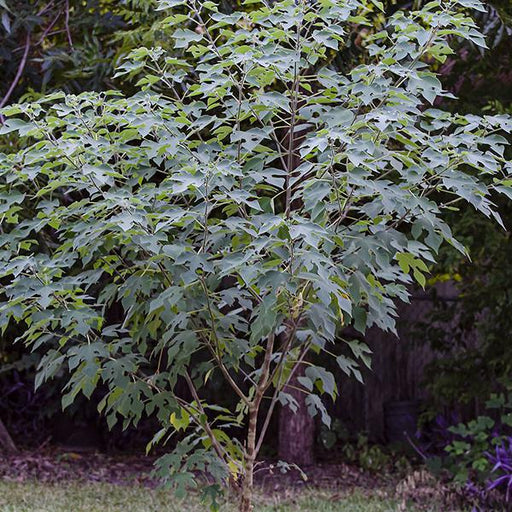
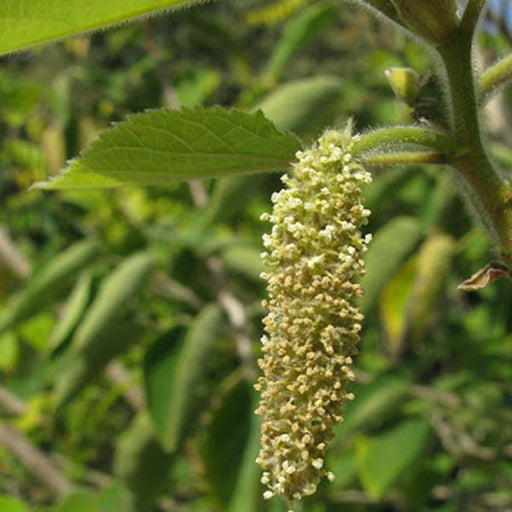 Save 10%
Save %
Save 10%
Save %
DescriptionBroussonetia Papyrifera can grow well in minimum maintenance. Broussonetia papyrifera is a deciduous shrub or small tree. It usually gro...
View full details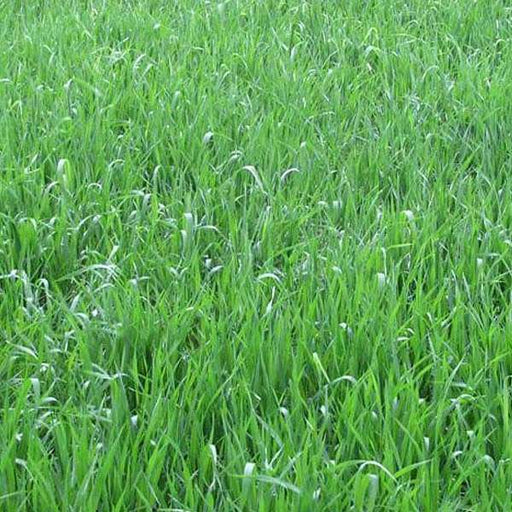 Save 10%
Save %
Save 10%
Save %
DescriptionDeenanath Grass is an annual tufted grass, rarely perennial in subsp. unispiculum. Grass culms are herbaceous; reaching a height of 30-1...
View full details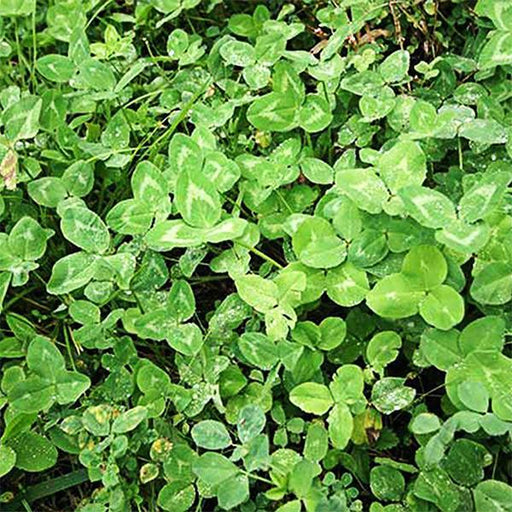 Save 10%
Save %
Save 10%
Save %
DescriptionDurana White Clover is a herbaceous perennial plant in the bean family Fabaceae. The term white clover is applied to the species in gene...
View full details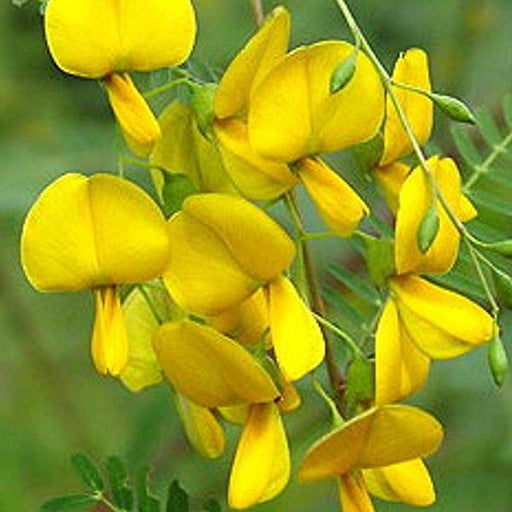 Save 10%
Save %
Save 10%
Save %
DescriptionIt is known by many common names, including danchi, dunchi, dhaincha, canicha, prickly sesban, Jantar or spiny sesbaniaSeeds Specificati...
View full details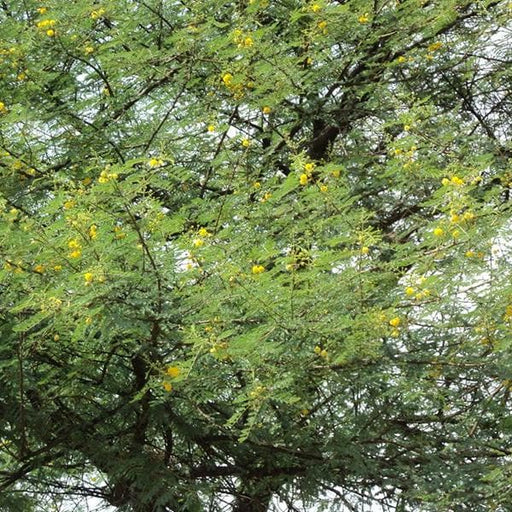
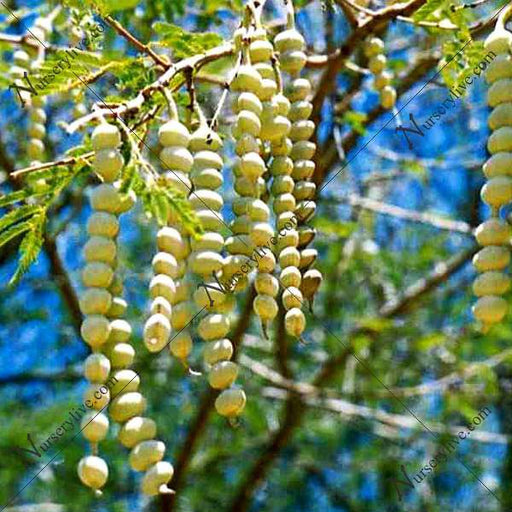 Save 10%
Save %
Save 10%
Save %
DescriptionAcacia is a woody genus and shows the period of juvenility. Babool is a medium to large tree, native to West Asia, that can reach a heig...
View full details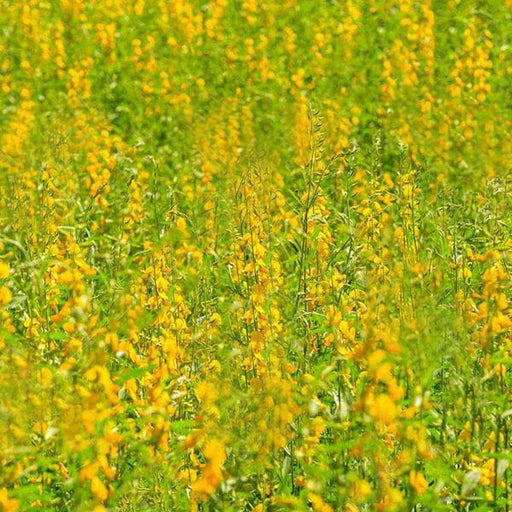
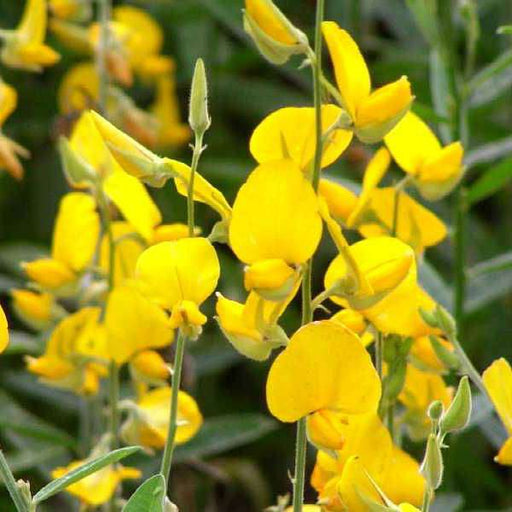 Save 10%
Save %
Save 10%
Save %
DescriptionCrotalaria juncea, known as brown hemp, Indian hemp, Madras hemp, or sunn hempSeeds Specifications Seeds per Packet 7000 Crotalaria jun...
View full details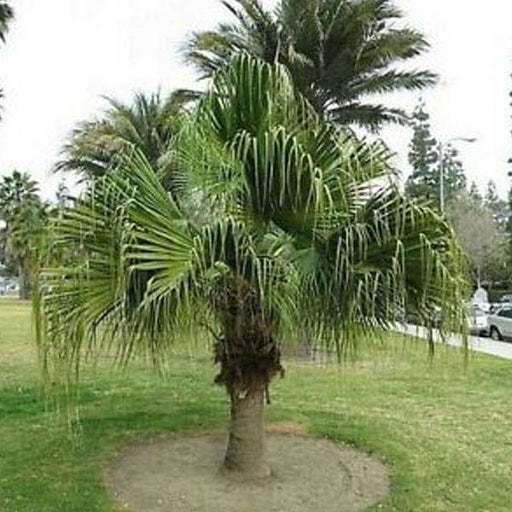
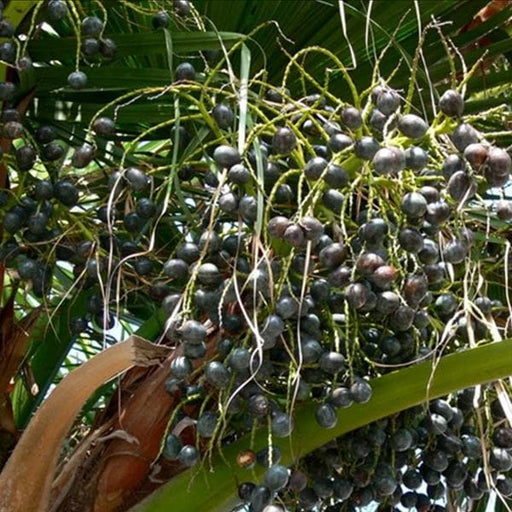 Save 10%
Save %
Save 10%
Save %
DescriptionLivistona chinensis, the Chinese fan palm or fountain palmSeeds Specifications Seeds per Packet 200 Livistona chinensis uses
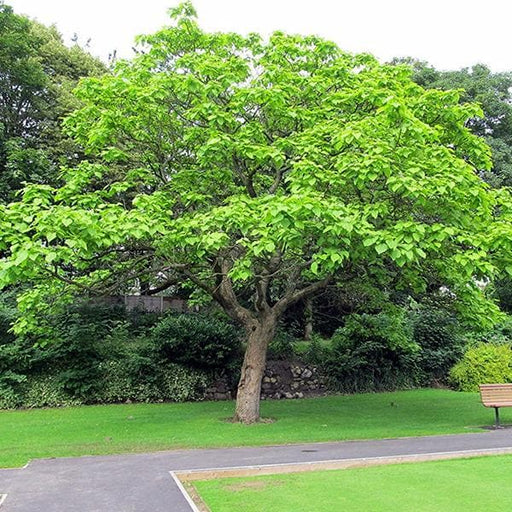
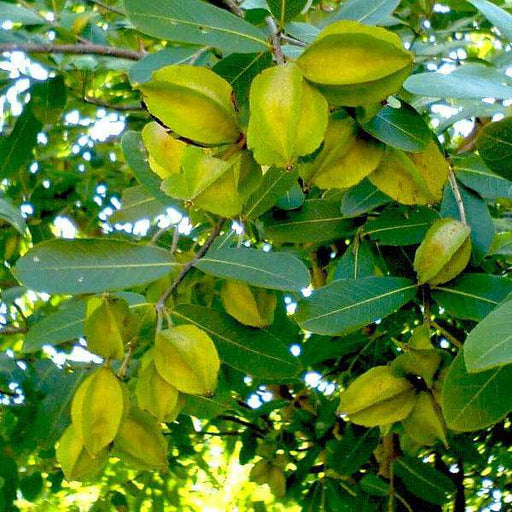 Save 10%
Save %
Save 10%
Save %
Descriptionarjuna or arjun tree, thella maddi, kumbuk, marudha maramSeeds SpecificationsTerminalia Arjuna uses
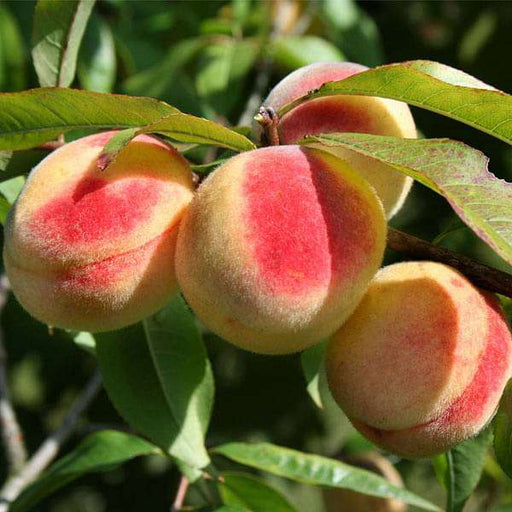 Save 10%
Save %
Save 10%
Save %
DescriptionPeach, Flowering Peach, Ornamental Peach, Common PeachSeeds Specifications Seeds per Packet 300 Prunus persica uses
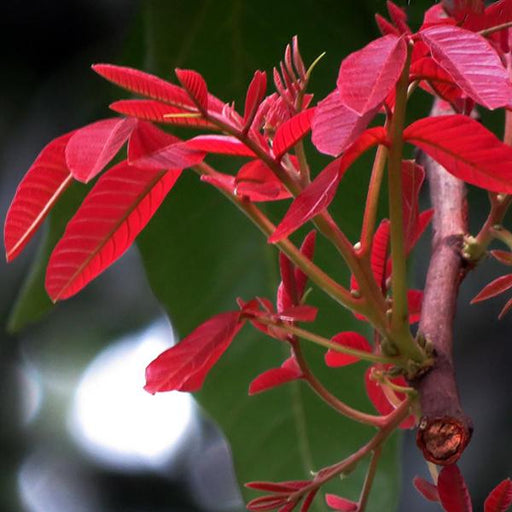
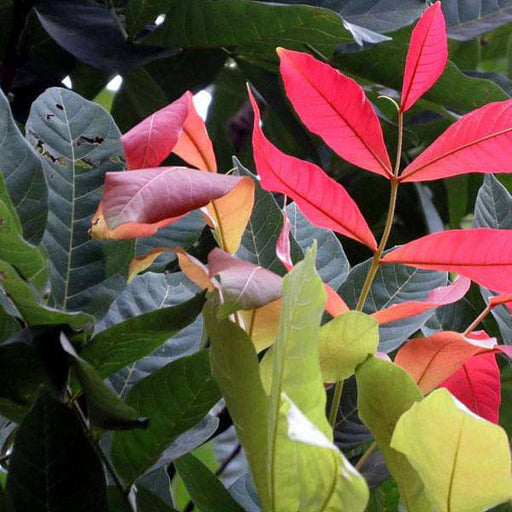 Save 10%
Save %
Save 10%
Save %
DescriptionKusum Tree - Schleichera oleosa . Other common names in Indian languages are:Hindi: KusumTelugu: Posku, busi, pusku, kosangi.Marathi: Ku...
View full details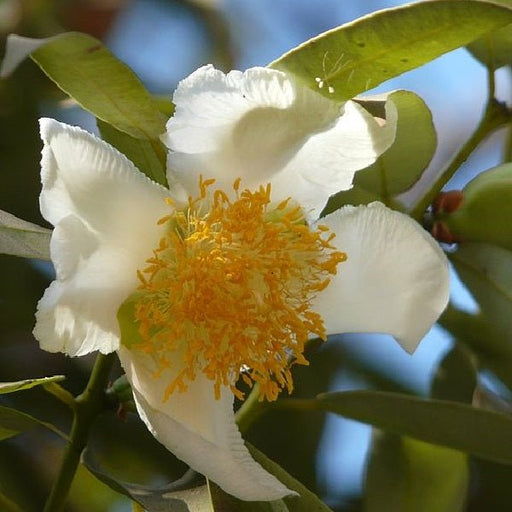 Save 10%
Save %
Save 10%
Save %
DescriptionMesua ferrea (Ceylon ironwood, Indian rose chestnut, or Cobra s saffron. Hindi: Gajapushpam; N, g champa (, , ), N, gakesar (, , ?), Mar...
View full details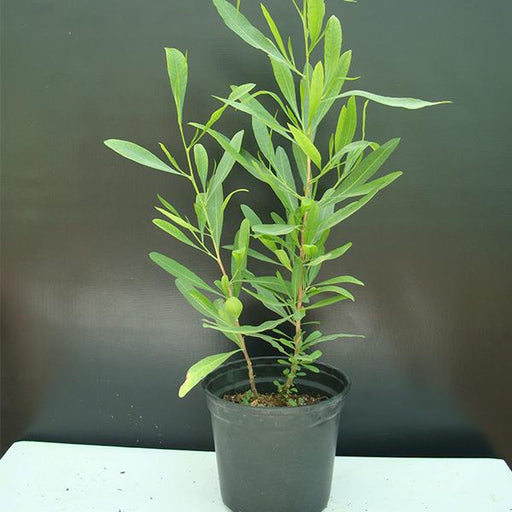
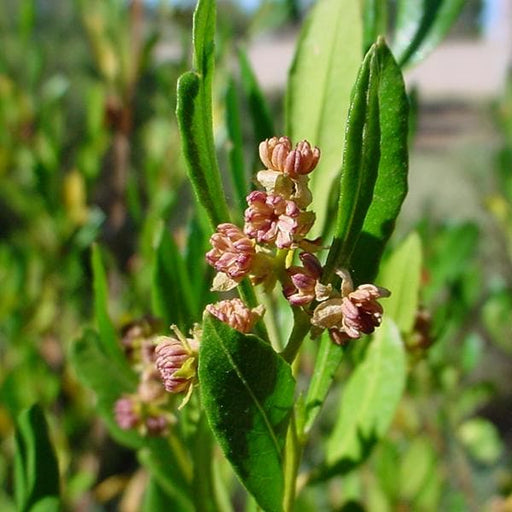 Save 10%
Save %
Save 10%
Save %
DescriptionDodonaea viscosa is a species of flowering plant in the soapberry family, Sapindaceae. Hop Bush is a shrub. Sapindaceae, also known as t...
View full details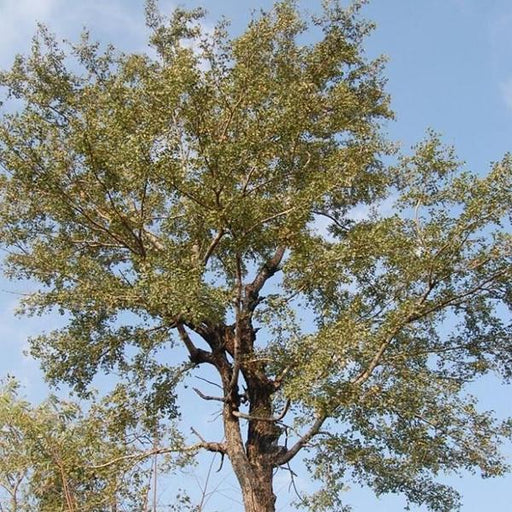 Save 10%
Save %
Save 10%
Save %
DescriptionKolavu, Koda palai, Madayan samprani, Chukannapayini, Ennappayin, Kiyavu, Koda pala, Kulavu, Shurali, Chou paini, Enne mara, Yenna mara....
View full detailsTrees are essential to the planet as they play a crucial role in filtering air and stopping soil erosion. A well-placed line of trees can also offer ample shadow to your home and keep it naturally cool during the summers.
Rainy sowing tree and forestry seeds are soon becoming a crowd-pleaser due to these reasons.
Rainy season brings out the greenery all around and adds an extra charm to the trees. But did you know that monsoon is also the best time to plant rainy sowing tree and forestry seeds? The trees drink up the water and nutrients in the soil and grow fast.
Planting trees in the rainy season also has the added bonus that the soil is already loose and therefore, it is easier to work with. The loose soil lets the roots of the rainy sowing tree and forestry seeds propagate deep and wide.
After all, a tree is only as strong as its roots, and a well-established root system ensures that the tree thrives in the long run.
Why Plant Rainy Sowing Tree and Forestry Seeds?
Planting rainy sowing tree and forestry seeds requires minimal effort. Caring for these trees is relatively easy. You can turn the planting into a family activity. It would be a great way to get kids involved in gardening.
Since the trees from rainy sowing tree and forestry seeds live for decades, they become an heirloom for generations to come.
Besides, trees are home to a variety of birds and small animals. You can build your own getaway into nature right in the middle of a bustling city by planting rainy sowing tree and forestry seeds.
What Does NurseryLive Provide With Rainy Sowing Tree And Forestry Seeds?
NurseryLive offers fast shipping throughout the country for rainy sowing trees and forestry seeds. You also get a comprehensive guide on how to plant and take care of the trees under various conditions.
Rainy season brings out the greenery all around and adds an extra charm to the trees
Planting rainy sowing tree and forestry seeds requires minimal effort. Caring for these trees is relatively easy. You can turn the planting into a family activity. It would be a great way to get kids involved in gardening.
Yes seeds can germinate in the absence of soil. You may germinate them on a variety of surfaces including sponges coffee filters and paper towels.
The answer was a qualified yes as we discovered. Seeds appear to sprout regardless of whether or not they have been exposed to light. Seeds on the other hand require light to form leaves.
Seeds can be planted directly in the container or place where they will grow or they can be moved to another container or location to complete their growth.
Presoaking seeds in a shallow container filled with hot tap water for 24 hours is an easy approach to get them to sprout faster. The embryos inside the seed coat will plump up as water penetrates the seed coat. They should not be soaked for more than 24 hours or they may decay. Plant the seeds as soon as possible in moist soil.
Seeds should be started four to six weeks before the final frost date as a general rule. Seed starting times are calculated by subtracting the days till transplantation from the day of the last frost. The seed packet will specify the number of weeks.
nurserylive provides huge collections of all types of seeds. These seeds have a very good germination ratio.
To keep the compost moist and maintain a uniform temperature for germination Place the seedlings in a heated propagator or on a well-lit windowsill.
Seeds on the other hand require both moisture and sunlight to germinate. So we plant seeds in damp soil so that they can absorb enough water from the soil and get enough sunlight to flourish. All of the nutrients for the plant are stored in the seed until it develops large enough to produce its own sustenance through photosynthesis.
Because seeds require sunshine and moisture to flourish do not cover them with mulch while planting them. Mulch will keep them from growing by blocking the sun.
Rainy season planting is an excellent way to grow trees and forestry plants. This method allows the plants to receive adequate water and nutrients, promoting healthy growth and development.
Seed germination is the process of a seed sprouting into a plant. It is essential to provide the seeds with the proper conditions to germinate successfully, such as adequate moisture and warmth.
Once the seeds have germinated and grown into seedlings, it's crucial to care for them properly. This includes ensuring they receive enough water, sunlight, and nutrients to thrive.
Forestry seeds are specialized seeds designed for growing trees and other plants used in forestry. They are specifically selected to meet the needs of various ecosystems and are critical in reforestation efforts.
Proper seed storage is essential to ensure the seeds remain viable and healthy. This includes storing them in a cool, dry place and protecting them from pests and moisture.
Proper soil preparation is critical for successful tree and forestry seed growth. This includes tilling the soil, adding nutrients, and ensuring proper drainage.
Different tree species have unique requirements for growth and survival. Understanding these requirements is essential to selecting the right tree species for a particular location and purpose.
Seed viability refers to the ability of a seed to germinate and grow into a healthy plant. It is essential to use viable seeds to ensure successful growth.
Seedling transplantation is the process of moving seedlings from their initial location to a new location for further growth. Proper care must be taken during transplantation to ensure the seedlings survive and continue to grow.
Tree nurseries are specialized facilities designed to grow and care for tree and forestry seedlings. They provide ideal growing conditions, including proper lighting, temperature, and moisture levels.
Afforestation is the process of planting trees in an area where there was previously no forest. It is a critical tool in combatting deforestation and mitigating the effects of climate change.
Reforestation is the process of replanting trees in an area where a forest has been lost. It is essential to restoring ecological balance and mitigating the effects of deforestation.
Different tree planting techniques exist for different types of terrain and soil types. Understanding these techniques is essential to ensure successful tree growth.
Sustainable forestry is the practice of managing forests in a way that preserves their ecological integrity and promotes long-term economic sustainability.
Trees and forests play a vital role in carbon sequestration, removing carbon dioxide from the atmosphere and storing it in the plant material and soil.
Forest ecosystems are complex, interconnected systems that include various plant and animal species. Understanding these ecosystems is essential to maintaining healthy forests.
Forest management involves the responsible stewardship of forested land, including maintaining ecological health, protecting biodiversity, and promoting economic sustainability.
Forest restoration involves the process of restoring degraded or damaged forests to a healthy and thriving state.
Silviculture is the practice of cultivating and managing forests for timber production or other uses. It involves various techniques, including planting, pruning, and harvesting.
Agroforestry is the practice of integrating trees into agricultural landscapes, providing various ecological and economic benefits.
The best time to sow tree and forestry seeds during the rainy season is from the start of the monsoon season till mid-July, as this is the period when the soil is moist and conducive for germination.
Sowing tree and forestry seeds during the rainy season can help ensure a higher germination rate, as the soil is moist and the weather conditions are optimal for seed growth. It can also help conserve water as the seeds do not require additional watering.
Some of the best tree and forestry seeds for rainy season sowing include neem, teak, banyan, mahogany, and sandalwood.
To prepare the soil for rainy season sowing, make sure it is well-drained and free from weeds. You can also add organic matter like compost to improve soil quality and nutrient levels.
To sow tree and forestry seeds during the rainy season, make small holes in the soil, place the seeds in the holes, and cover them with soil. Make sure to water lightly after sowing to help the seeds settle in.
Generally, tree and forestry seeds do not require additional watering during the rainy season, as the soil is already moist. However, if there is a prolonged dry spell, you may need to water lightly to ensure the seeds do not dry out.
The time it takes for tree and forestry seeds to germinate during the rainy season can vary depending on the species of the tree and the conditions of the soil. Generally, it can take anywhere from a few days to a few weeks for seeds to germinate.
To protect tree and forestry seeds from heavy rains and flooding, make sure to plant them in well-drained soil and avoid planting them in low-lying areas or areas that are prone to flooding.
After tree and forestry seedlings germinate, make sure to keep the soil moist but not waterlogged. You may also need to protect them from pests and animals that may damage the seedlings.
The success rate of rainy season sowing for tree and forestry seeds can vary depending on several factors, including the species of the tree, the condition of the soil, and the weather conditions. However, with proper preparation and care, it is possible to achieve a high success rate.
To determine if your tree and forestry seeds are viable, you can perform a germination test by placing the seeds in moist soil and monitoring them for germination. If a high percentage of seeds germinate, it is a good indication that they are viable.
Yes, tree and forestry seeds can be stored for sowing during the next rainy season. To store them, make sure they are completely dry and then store them in a cool, dry place in an airtight container.
Yes, tree and forestry seeds can be sown in containers during the rainy season. Just make sure the containers have good drainage and are not waterlogged.
Common mistakes to avoid when sowing tree and forestry seeds during the rainy season include sowing seeds too deep, using soil that is too compacted or not well-drained, and overwatering the seeds.
The time it takes for tree and forestry seedlings to grow into mature trees can vary depending on the species of the tree and the growing conditions. Generally, it can take anywhere from a few years to several decades for trees to reach maturity.
Yes, tree and forestry seeds can be sown in areas that have been affected by deforestation to help restore the natural ecosystem and prevent soil erosion.
Planting trees and forests can help reduce air pollution, regulate the climate, prevent soil erosion, provide habitat for wildlife, and enhance the beauty of the natural landscape.
You can get involved in tree planting and forest conservation efforts by volunteering with local organizations, donating to conservation charities, or participating in community tree planting events.
Some ways to make tree planting and forestry seed sowing more sustainable include using native tree species, practicing sustainable forestry techniques, and using organic fertilizers and pest control methods.
NurseryLive offers a wide variety of tree and forestry seeds for rainy season sowing, including neem, teak, banyan, mahogany, sandalwood, and many others. All of our seeds are carefully selected for quality and germination rate to ensure the best results for our customers.
